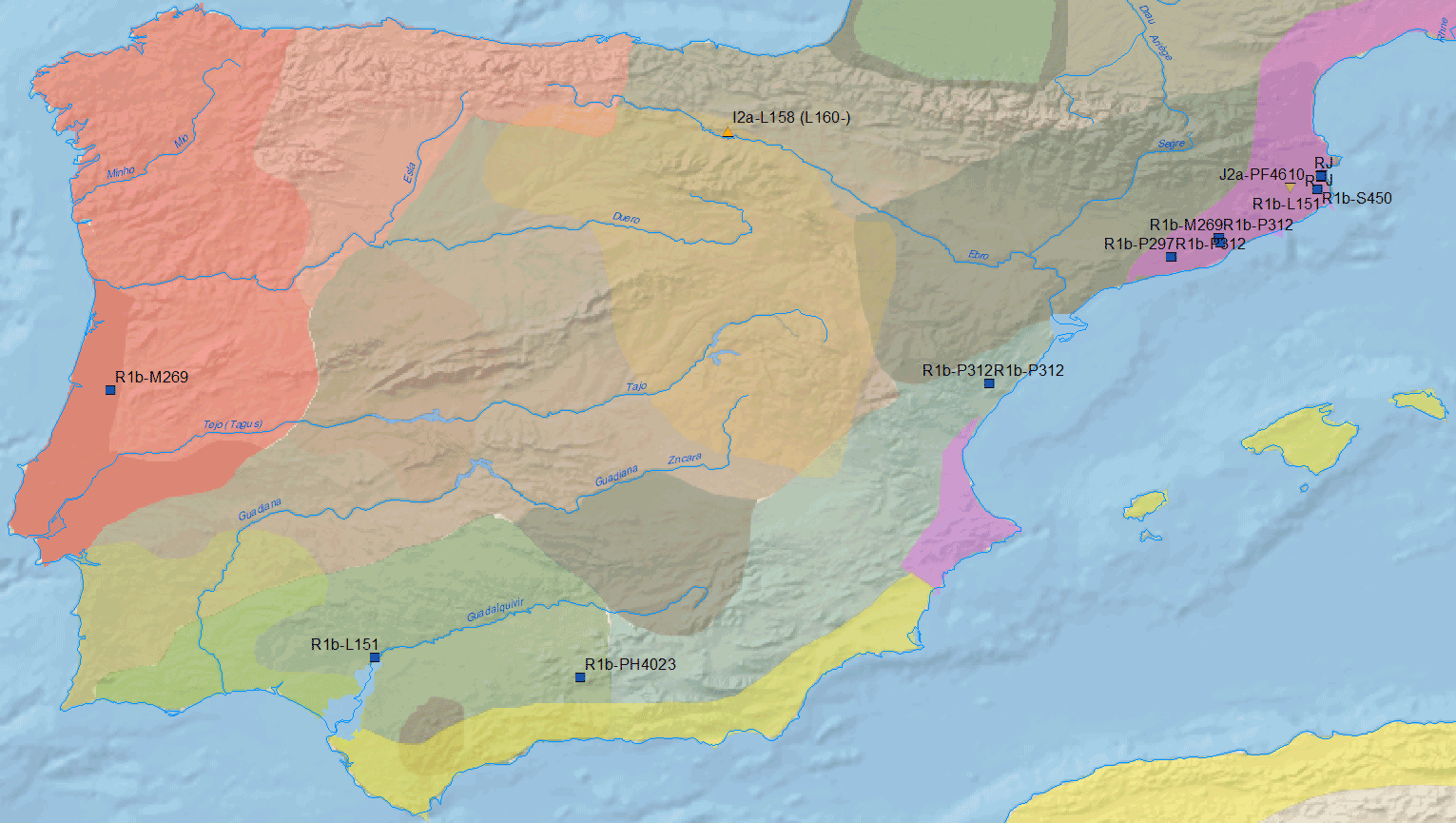0


















| Thumbs Up/Down |
| Received: 3,352/194 Given: 5,348/287 |


It was entirely replaced. The I2 and G2 you're talking about came later with other waves of migration. And here for H : https://en.wikipedia.org/wiki/Haplogroup_H_(Y-DNA)
and no it was made by real scientists : https://www.ncbi.nlm.nih.gov/pmc/articles/PMC6436108/














| Thumbs Up/Down |
| Received: 3,352/194 Given: 5,348/287 |
























| Thumbs Up/Down |
| Received: 6,918/235 Given: 4,895/41 |




















| Thumbs Up/Down |
| Received: 1,994/42 Given: 432/0 |


That theory is pretty much debunked or on hold until E-V13 ancestor is found in levant or Anatolia and among EEF. As of now E-M78 in Iberia or anywhere in Europe can be explained by earlier migrations from Iberomaurusian or Capsian fisherman crossing med sea.
Sent from my iPhone using Tapatalk














| Thumbs Up/Down |
| Received: 3,352/194 Given: 5,348/287 |
























| Thumbs Up/Down |
| Received: 6,918/235 Given: 4,895/41 |
























| Thumbs Up/Down |
| Received: 6,918/235 Given: 4,895/41 |


Chalcolithic:
Bell Beaker Period:
Early Bronze Age:
Middle Bronze Age:
Late Bronze Age:
Iron Age:

























| Thumbs Up/Down |
| Received: 6,918/235 Given: 4,895/41 |


This proves that E1b in Iberia might be mostly from EEF, at least the M78 branch.
The R1b-U152 is from Bell Beakers and not mostly from Roman Period.
Seems to be that the oldest J2 found was from the Iron Age, might be from Roman Period.
























| Thumbs Up/Down |
| Received: 6,918/235 Given: 4,895/41 |


Profesor Conrado Martinez Cadenas (Universitat Jaume I), dando una charla sobre las migraciones historicas en España y Europa, la historia del cromosoma Y, y los haplogrupos en España:
























| Thumbs Up/Down |
| Received: 6,918/235 Given: 4,895/41 |


There are currently 1 users browsing this thread. (0 members and 1 guests)
Bookmarks